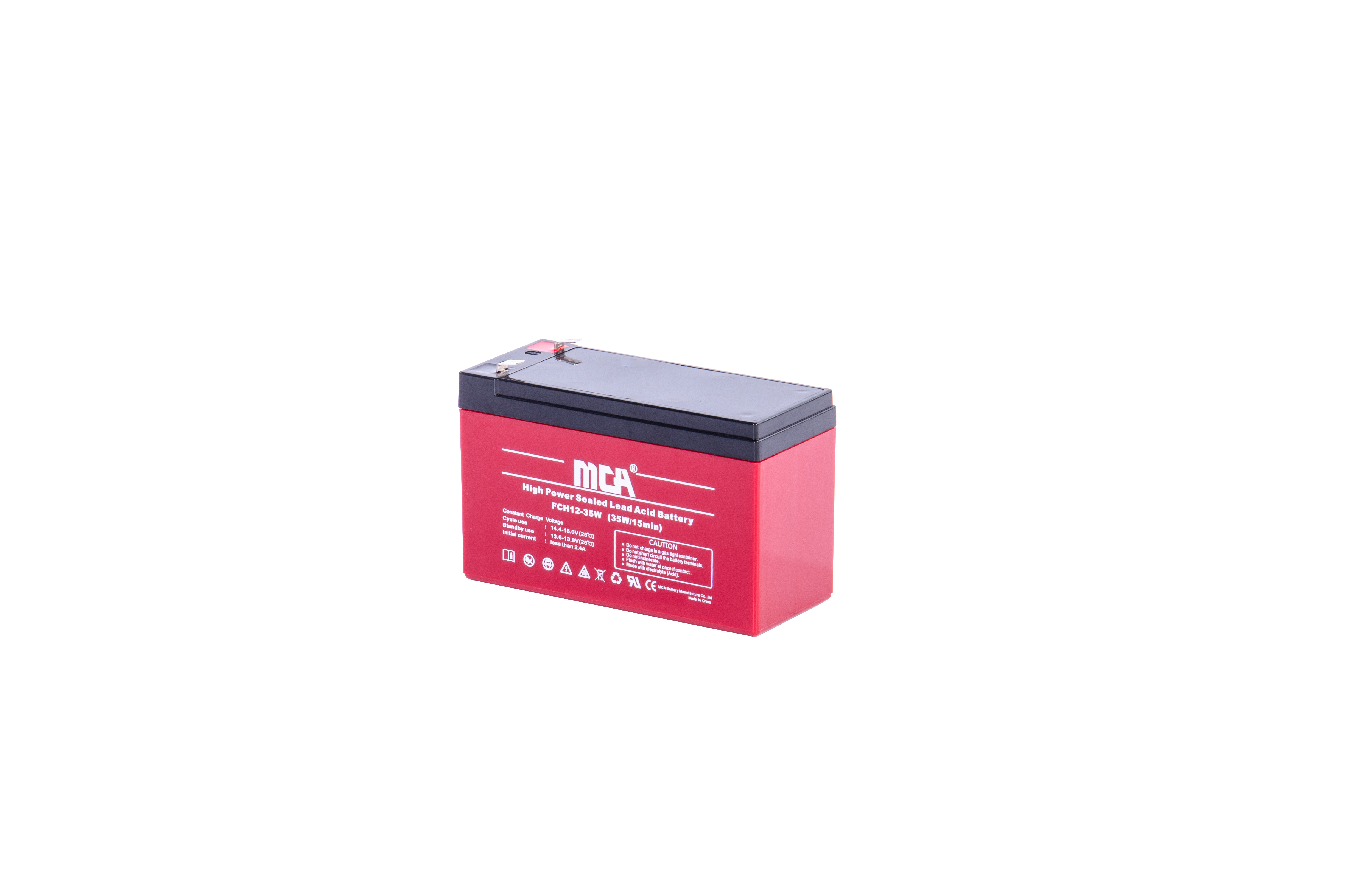18
2025
-
08
AGM Battery for Energy Storage – Reliable and Efficient Power Solutions
Absorbent Glass Mat (AGM) batteries are a type of advanced lead-acid battery designed for energy storage applications, offering high reliability, efficiency, and maintenance-free operation. AGM batteries utilize a unique construction where a fiberglass mat separates the battery’s lead plates and absorbs the electrolyte, immobilizing it while allowing ionic conductivity. This design makes AGM batteries spill-proof, vibration-resistant, and capable of delivering consistent performance in demanding energy storage systems, including renewable energy setups, backup power systems, and off-grid applications.
One of the primary advantages of AGM batteries for energy storage is their high charge acceptance and low internal resistance, which enables rapid charging and efficient energy use. AGM batteries can charge faster than traditional flooded lead-acid batteries while minimizing energy loss and heat generation. They are also well-suited for deep cycle applications, allowing repeated charging and discharging without significant degradation in capacity, making them ideal for solar, wind, and hybrid energy storage systems. The low self-discharge rate of AGM batteries ensures that stored energy remains available over long periods, even when the battery is not in active use.
AGM batteries are inherently maintenance-free due to their sealed design. Unlike flooded batteries, there is no need to add water, monitor electrolyte levels, or vent gases, which simplifies installation and reduces operational risks. Their sealed construction also allows installation in diverse orientations and confined spaces, providing flexibility for residential, commercial, and industrial energy storage solutions. Additionally, AGM batteries are safer to handle as they prevent acid leakage and reduce the risk of spillage or corrosion-related damage to surrounding equipment.
In renewable energy applications, AGM batteries are often used in solar photovoltaic (PV) systems, wind energy setups, and hybrid microgrids. They store excess energy generated during peak production hours for later use, ensuring stable and reliable power availability. Their fast recharge capability is particularly advantageous in intermittent energy generation scenarios, where energy from the sun or wind may vary throughout the day. AGM batteries can also support critical backup power systems, providing uninterrupted energy supply during grid outages, emergency situations, or remote locations lacking stable electricity.
Durability and performance are key features of AGM batteries in energy storage. Constructed with high-quality lead alloys, thick plates, and reinforced separators, AGM batteries are resistant to vibration, shock, and extreme temperatures. They typically offer a wide operational temperature range and exhibit stable performance under fluctuating environmental conditions. Modern AGM batteries are designed to provide hundreds to thousands of deep discharge cycles, delivering long-term energy storage solutions with predictable performance metrics, making them a cost-effective and dependable choice for both short-term and long-term applications.
AGM batteries also demonstrate environmental advantages compared to traditional batteries. The immobilized electrolyte reduces the risk of leakage and contamination, while the recyclable lead components contribute to sustainable battery management practices. Energy-efficient charging and low maintenance further reduce environmental impact over the battery’s lifecycle. Many AGM batteries comply with international standards for safety, performance, and transport, including UN 38.3 and IEC certifications, ensuring reliability and compliance in various energy storage deployments worldwide.
In conclusion, AGM batteries are highly effective energy storage solutions that combine maintenance-free operation, deep cycle performance, fast recharge capability, and enhanced safety. Their design and characteristics make them suitable for residential, commercial, industrial, and renewable energy applications, including solar, wind, and hybrid microgrid systems. By integrating AGM batteries into energy storage setups, users can achieve reliable power availability, operational flexibility, and long-term cost efficiency, making these batteries an indispensable component in modern energy storage strategies.
Relevant News









